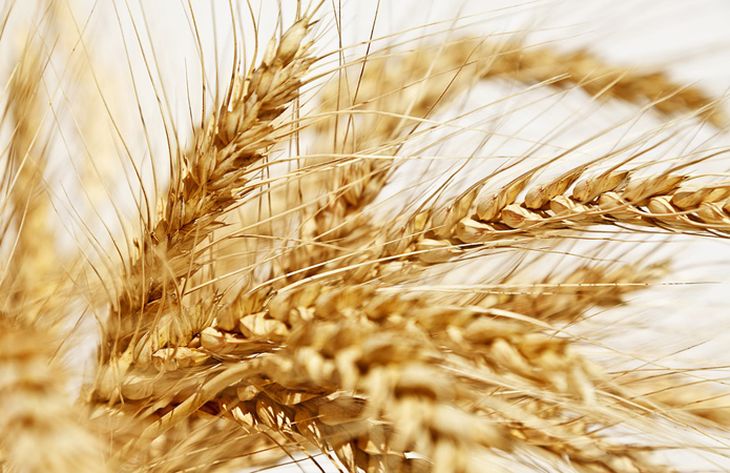Pakistan, China join hands to augment wheat production, enhance food security

Hafiz Salman, a 24-year-old Pakistani MPhil student, was keenly performing digital image processing to analyze the size and shape of wheat grains at the recently established China-Pakistan Joint Wheat Molecular Breeding International Lab in Quaid-i-Azam University in capital city Islamabad.
“We are collaborating with Chinese experts and scientists to produce the best varieties of wheat to enhance the yield of the staple crop and achieve zero hunger, which is one of the sustainable development goals of the United Nations,” Salman told Xinhua.
He said that Chinese scientists have already developed high-yielding, disease-resistant and climate change-resilient varieties using DNA-based technologies and augment wheat production in China, adding that under this new initiative, the Chinese scientists would impart knowledge and information as well as the resources to get better wheat varieties suitable for Pakistan.
The lab, funded by the Science and Technology Partnership Program of the Chinese Ministry of Science and Technology, is aimed at enhancing food security, human resource development and training of Pakistani students and scientists through knowledge and research sharing.
In a conversation with Xinhua, Owais Rasheed, the head of the project and an assistant professor at Quaid-i-Azam University, said that the agricultural cooperation under the China-Pakistan Economic Corridor (CPEC), a flagship project of the Belt and Road Initiative (BRI), has been bringing socio-economic benefits to Pakistan.
“Food security is an enormous challenge, not only for Pakistan but also for China, and for that we need the continuous development of staple food crops to increase productivity,” he said, adding that Pakistan has a lot to learn from the Chinese experience to develop high-quality wheat varieties.
Rasheed, who has also been associated with the Chinese Academy of Agricultural Sciences from 2013 to 2018 as a scientist, said that the results of recent research at the lab were quite promising as the researchers were able to produce wheat varieties that gave 8-10 percent more yield than conventional local varieties.
“We are going towards the registration process of new varieties, and hopefully the products from this project will be available to the farmers in the next two to three years,” he added.
The professor said that several international organizations including the International Maize and Wheat Improvement Center have shown interest in collaborating with the Pakistan-China lab, which would help in further strengthening linkages for the development of wheat varieties in the future.
With the establishment of the joint lab, Pakistan also set up its first-ever speed wheat breeding center at the National Agriculture Research Center (NARC) to develop multiple generations of wheat in minimum time by providing saplings with favorable conditions.
Zahid Mehmood, a senior scientist of the NARC’s wheat breeding program, told Xinhua that wheat breeding and registration of new varieties is a long process in Pakistan, normally taking 12 to 15 years.
“With the speed breeding program, we are able to reduce six to seven years to develop a new variety … we have acquired wheat samples from China. Our main purpose is to introduce good traits of Chinese varieties such as wheat lodging resistant varieties to introduce and incorporate in Pakistani varieties to create desirable characters in new products at minimum time,” Mehmood said.
He said that lodging in wheat is one of the key issues Pakistani farmers encounter during wheat cultivation, substantially impacting yield, adding that other than wheat, Pakistan and China have also been working together to improve and innovate agricultural practices, farmers’ capacity and livelihoods, and enhance food exports.
Besides agricultural cooperation, he said China has been assisting Pakistan under the CPEC to develop road and energy infrastructure, promoting industrialization by establishing special economic zones, trade and connectivity.
Launched in 2013, the CPEC is a corridor linking the Gwadar port in southwestern Pakistan with Kashgar in northwest China’s Xinjiang Uygur Autonomous Region, which highlights energy, transport and industrial cooperation.
Read also
Wheat in Southern Brazil Impacted by Dry Weather and Frosts
Oilseed Industry. Leaders and Strategies in the Times of a Great Change
Black Sea & Danube Region: Oilseed and Vegoil Markets Within Ongoing Transfor...
Serbia. The drought will cause extremely high losses for farmers this year
2023/24 Safrinha Corn in Brazil 91% Harvested
Write to us
Our manager will contact you soon



